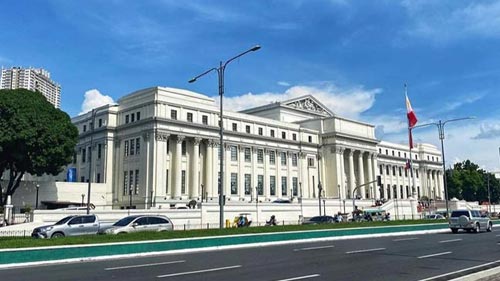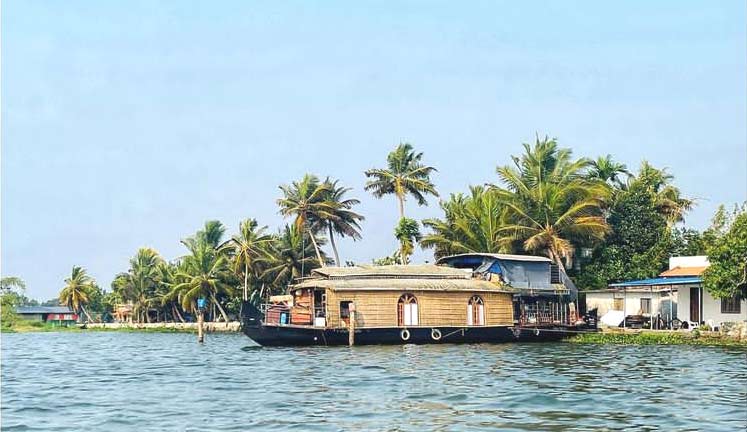
The second-largest island in the world, the Philippines, is known for its picture-perfect beaches and crystal-clear waters. Still, another feature of the country that many overlook is its architecture. Filipino architecture does not only reflect its tragic and long history – but also its culture.
In many ways, it is also a symbol of what the Filipino people have experienced. The architecture of the Philippines recounts the tale of its rich history, with influences from China, America, and Spain all leaving their marks. It is a real expression of the nation’s movement from the past to the present.
As a representation of the nation’s transition to modernism and current architecture, sterling skyscrapers still stand tall today. Here are the best locations in the Philippines that lovers of architecture should take advantage of.
National Museum of Fine Arts
The National Museum is one of the crown jewels of architectural design. The Grand Old Legislative Building is now the National Museum of Fine Arts and is located on Padre Burgos Street heading southwest. Between 1918 and 1926, the structure designed by Antonio Malac Toledo, Juan M. Arellano, and Ralph Harrington Doane was constructed. Doane and Toledo initially planned the structure as the National Library.
Due to a lack of funding, the building’s development was delayed, and it eventually opted to become the Legislative Building. Arellano altered the design by inserting the fourth story and the legislative chambers, modifying the main façade, and adding ornamentation and sculptural work.
The museum houses several classic Filipino painters and is known for its neoclassical architectural style. Some paintings include Juan Luna’s La Bulaquena and Spoliarium.
Quezon Hall in University of the Philippines Diliman
Juan Nakpil designed Quezon Hall. Aside from being the son of renowned musician Julian Nakpil, Juan Nakpil became the first architect to receive the National Artist Award in 1973. The university’s administrative offices are housed in Quezon Hall, which is situated in Diliman, Quezon City.
The building was built in the 1950s with an eclectic design combining various styles into a single structure. The institution’s main library, which Nakpil also created, employs the same design.
The Mind Museum
It’s difficult to overlook the Mind Museum in Bonifacio Global City. It is a groundbreaking work by the father-and-son architectural partnership of Lor and Ed Calma just for its design.
The museum lacks a constant facade because of its amorphous shape, which resembles the cellular membrane.
Nicanor Reyes Hall in Far Eastern University Complex
The Nicanor Reyes Hall, one of the five buildings in the FEU complex designed by Pablo Antonio, is regarded as the largest body of work completed in the Art Deco style in Manila. In 1976, a year after his passing, Antonio was the second architect to be given the National Artist Award.
The five Art Deco structures won the Asia-Pacific Heritage Award for Cultural Heritage in 2005, receiving a commendation from the United Nations Educational, Scientific, and Cultural Organization (UNESCO).
Wrapping Up
The Philippines has several iconic spots that make for great architectural viewing. But, it is also a manifestation of the wonders of design – and what it can create and do for a nation.




